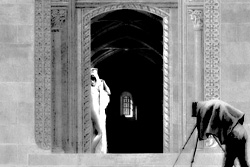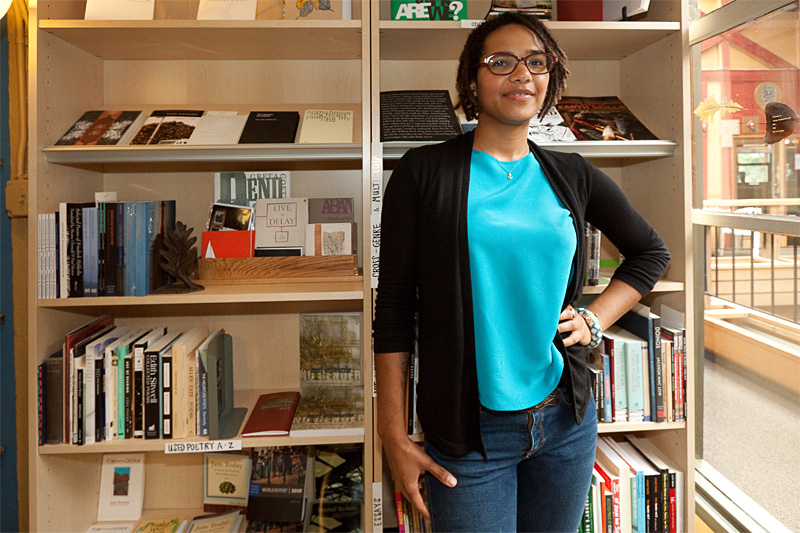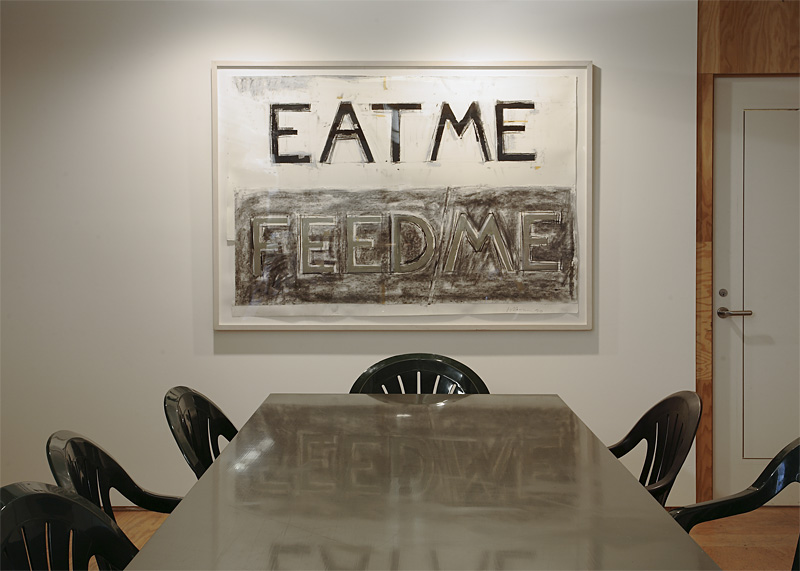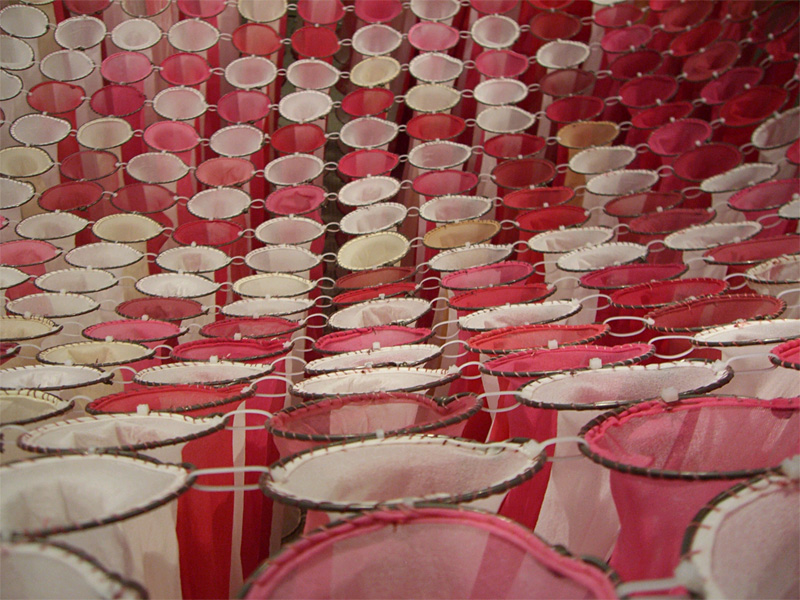By digitally animating 18th- and 19th-century woodcuts and engravings, Bob Campbell retells the end of Robert Schumann’s short life, just as the Romantic composer succumbs to madness. Campbell’s film presents a loose narrative full of delicate and convincing two-dimensional movement. An etching of a nude woman is made live by the blink of her eye. We see what is revealed to be Schumann’s own hand writing music, spilling ink into musical notations. The 14-minute short seems to follow the circuitous travels of a mustached man on a bicycle and trace the lift and fall of an air balloon. The balloon floats among pine trees, and touches down in what might be an image of the asylum Schumann was confined to for his last two years. “His celebrated wife—and child-prodigy pianist—Clara,” Campbell explains, “also makes an appearance from an old German 20-Deutschmark note.” The sound track is, of course, Schumann—music that Campbell’s own pianist mother played to lull her children to sleep. The title of the video, Leicht und zart—a tempo designation at the beginning of Schumann’s Arabesque in C—translates as light and delicate. To fit the film’s darker moments, Campbell himself reconfigures this score into a more sinister tone.
An Early Music Video








